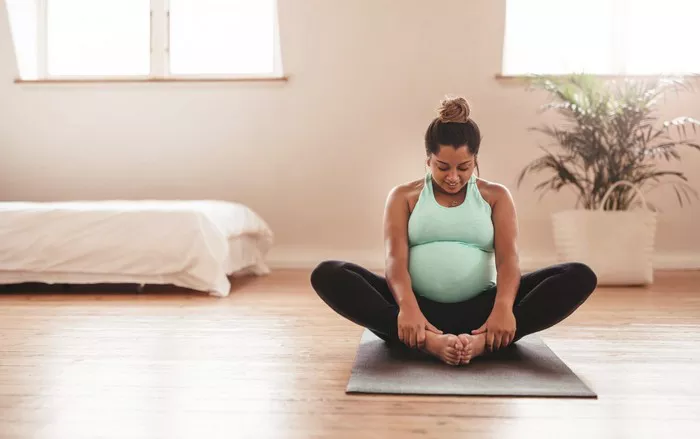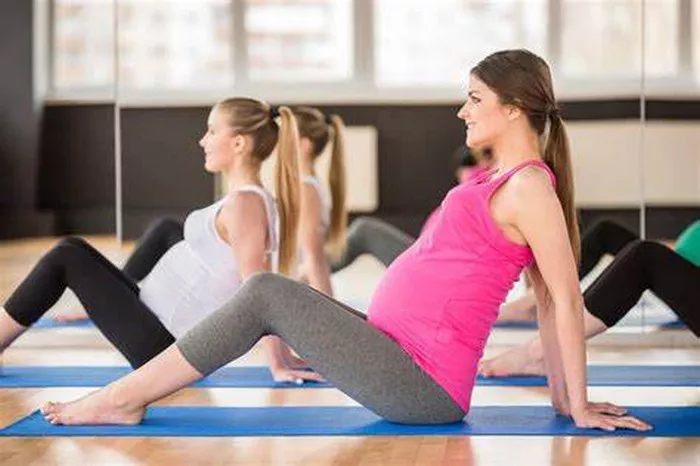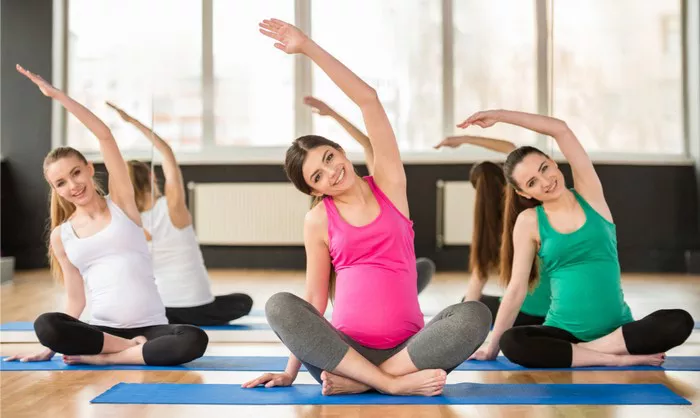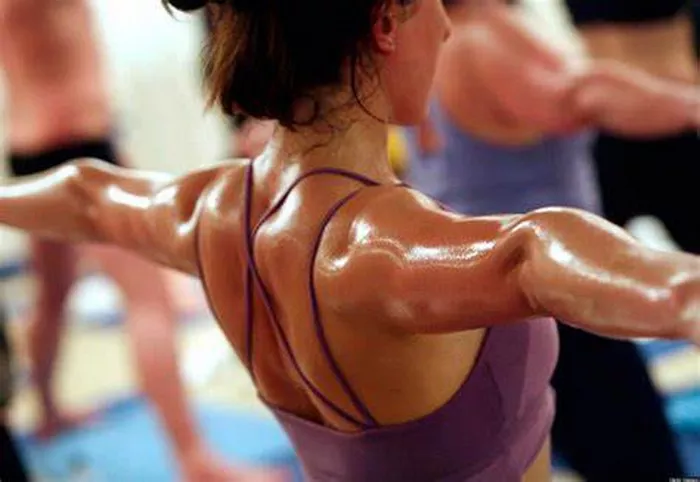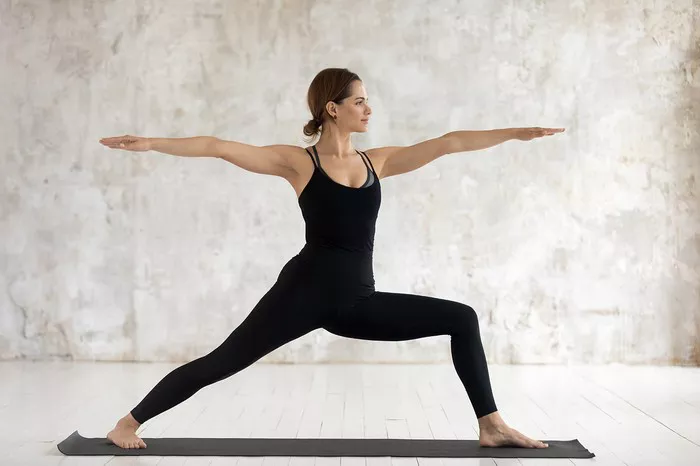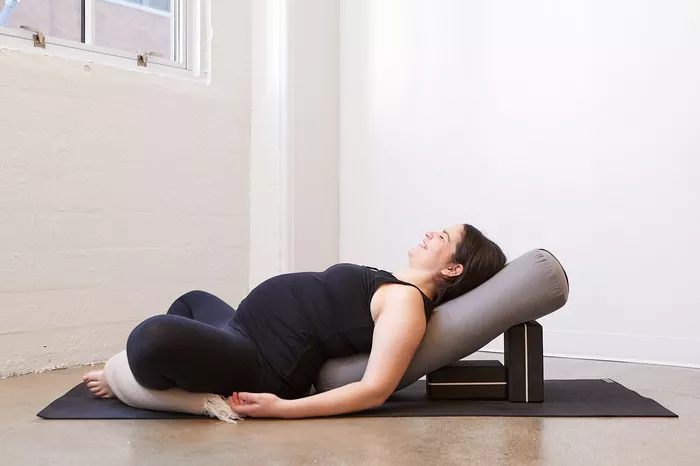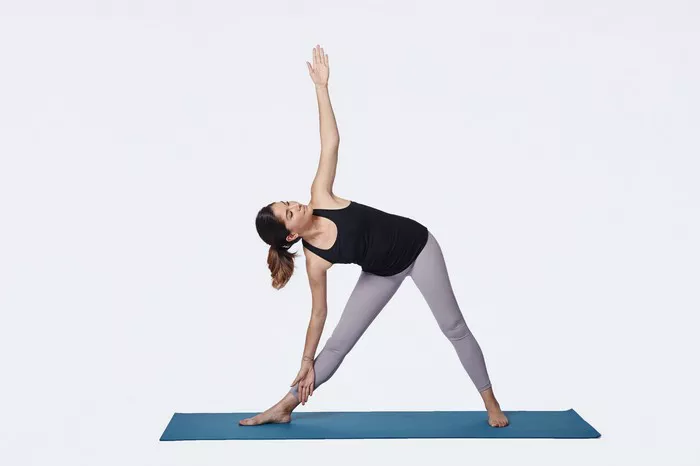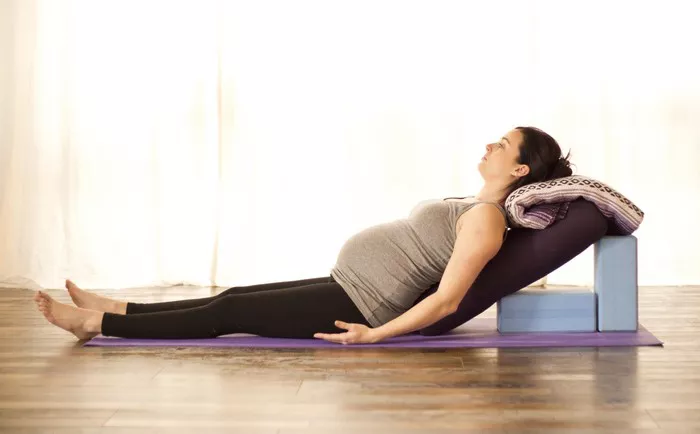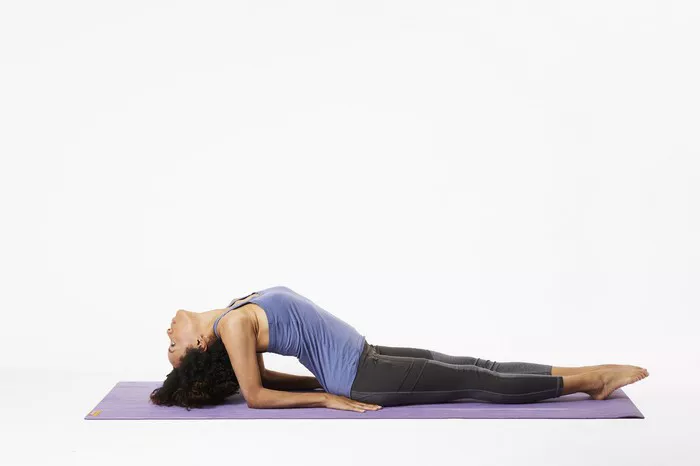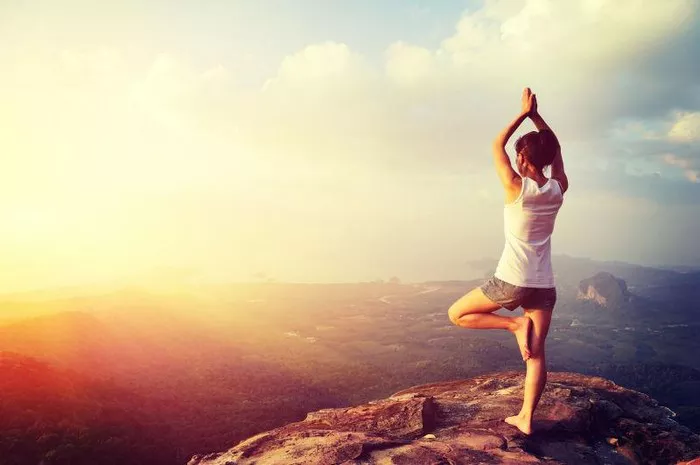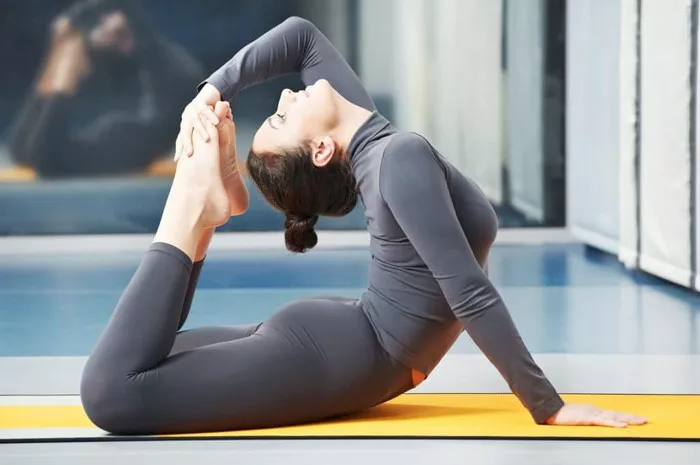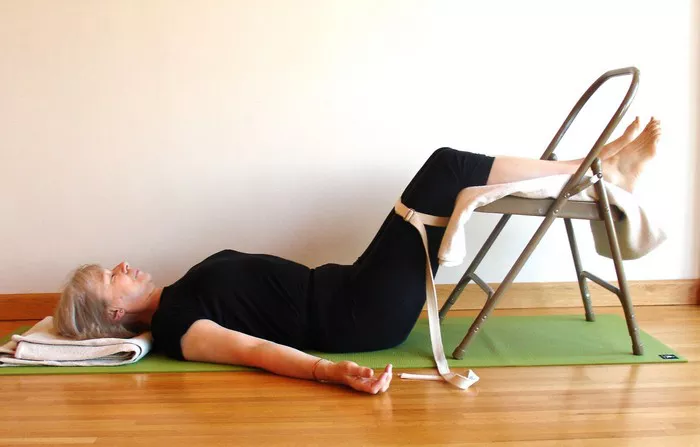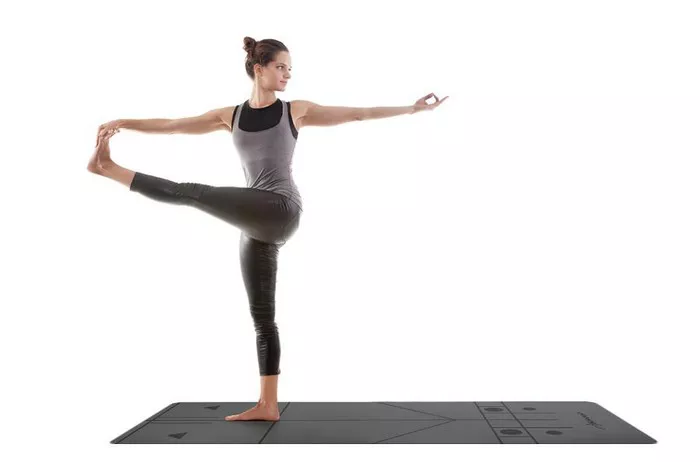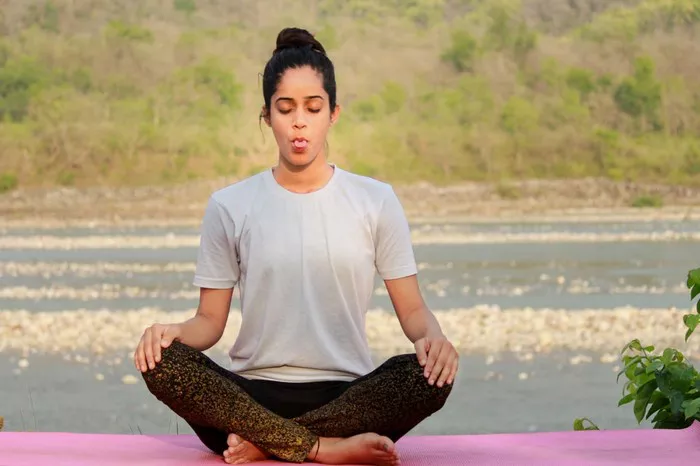In the rich tapestry of yoga traditions, Ashtanga Yoga stands out with its precisely structured sequence, a carefully curated roadmap that guides practitioners on a journey of physical, mental, and spiritual transformation. Understanding the correct sequence of Ashtanga Yoga is essential for unlocking its full potential, as each posture and transition serves a specific purpose in the overall practice. This article delves deep into the intricacies of the Ashtanga Yoga sequence, shedding light on its components and the principles that govern its flow.
The Foundation: The Primary Series – Yoga Chikitsa
The Primary Series of Ashtanga Yoga, known as Yoga Chikitsa or “yoga therapy,” forms the cornerstone of the practice. This series is designed to detoxify the body, build strength, and increase flexibility, laying a solid foundation for more advanced postures. It consists of a set sequence of standing postures, seated postures, twists, backbends, and inversions, all linked together by vinyasas, or flowing movements synchronized with the breath.
Standing Postures: The Pillars of Strength
The Primary Series begins with a series of standing postures, which serve as the building blocks for the rest of the sequence. These postures, such as Trikonasana (Triangle Pose), Virabhadrasana I (Warrior I Pose), and Parsvottanasana (Intense Side Stretch Pose), work to strengthen the legs, hips, and core, while also stretching the hamstrings, groins, and shoulders. Standing postures help to improve balance, alignment, and stability, and they prepare the body for the more challenging postures that follow.
Seated Postures: Unlocking Flexibility
After the standing postures, the sequence moves into a series of seated postures. These postures, such as Paschimottanasana (Seated Forward Bend), Janu Sirsasana (Head – to – Knee Pose), and Baddha Konasana (Bound Angle Pose), focus on stretching the hamstrings, hips, and lower back, while also opening the chest and shoulders. Seated postures help to improve flexibility, mobility, and range of motion, and they are essential for preparing the body for more advanced backbends and inversions.
Twists: Wringing Out Toxins
Twists are an important part of the Primary Series, as they help to massage the internal organs, stimulate digestion, and eliminate toxins from the body. Postures such as Ardha Matsyendrasana (Half Lord of the Fishes Pose) and Marichyasana III (Sage Marichi’s Pose III) involve twisting the spine from the base to the neck, wringing out the muscles and tissues and promoting circulation and detoxification. Twists also help to improve spinal flexibility, mobility, and strength, and they are essential for maintaining a healthy back.
Backbends: Opening the Heart and Chest
Backbends are another key component of the Primary Series, as they help to open the chest, shoulders, and hips, while also strengthening the back, neck, and core. Postures such as Ustrasana (Camel Pose), Dhanurasana (Bow Pose), and Bhujangasana (Cobra Pose) involve arching the spine backward, stretching the front of the body and compressing the back. Backbends help to improve posture, breathing, and circulation, and they are essential for developing a strong and flexible spine.
Inversions: Upside – Down Perspectives
Inversions are the final component of the Primary Series, and they involve turning the body upside down, reversing the normal flow of blood and energy. Postures such as Sirsasana (Headstand), Sarvangasana (Shoulderstand), and Halasana (Plow Pose) are considered to be some of the most advanced postures in the series, as they require strength, balance, and flexibility. Inversions help to improve circulation, digestion, and lymphatic drainage, while also reducing stress, anxiety, and fatigue. They are essential for developing a strong and healthy nervous system.
The Progression: The Intermediate Series – Nadi Shodhana
The Intermediate Series of Ashtanga Yoga, known as Nadi Shodhana or “purification of the energy channels,” builds upon the foundation laid by the Primary Series. This series is designed to further open the body, deepen the practice, and prepare the practitioner for the advanced series. It consists of a more challenging sequence of postures, including backbends, inversions, and arm balances, all linked together by vinyasas.
Backbends: Deepening the Stretch
The Intermediate Series places a greater emphasis on backbends, with postures such as Ustrasana Variations, Kapotasana (Pigeon Pose), and King Pigeon Pose (Eka Pada Rajakapotasana) challenging the practitioner to deepen their stretch and open their heart and chest. These postures require greater strength, flexibility, and balance, and they help to improve spinal mobility, posture, and breathing.
Inversions: Mastering the Upside – Down
In the Intermediate Series, the inversions become more complex and challenging, with postures such as Viparita Karani (Legs – Up – the – Wall Pose), Supported Shoulderstand Variations, and Headstand Variations requiring greater strength, balance, and control. These postures help to improve circulation, digestion, and lymphatic drainage, while also reducing stress, anxiety, and fatigue. They are essential for developing a strong and healthy nervous system.
Arm Balances: Testing Strength and Balance
Arm balances are another key component of the Intermediate Series, with postures such as Bakasana (Crow Pose), Eka Pada Koundinyanasana I and II (One – Legged King Arthur’s Pose), and Tittibhasana (Firefly Pose) challenging the practitioner to test their strength, balance, and flexibility. These postures require a great deal of core strength, upper body strength, and focus, and they help to improve overall body awareness and control.
The Advanced Series: A Journey of Mastery
The Advanced Series of Ashtanga Yoga is divided into six levels, each more challenging than the last. These series are designed for experienced practitioners who have mastered the Primary and Intermediate Series and are ready to take their practice to the next level. The Advanced Series consists of a complex sequence of postures, including advanced backbends, inversions, arm balances, and twists, all linked together by vinyasas.
Advanced Backbends: Pushing the Limits
The Advanced Series places a greater emphasis on advanced backbends, with postures such as Dwi Pada Viparita Dandasana (Two – Legged Inverted Staff Pose), Hanumanasana (Splits), and Full Wheel Pose (Urdhva Dhanurasana) challenging the practitioner to push the limits of their flexibility, strength, and balance. These postures require a great deal of dedication, perseverance, and practice, and they are considered to be some of the most advanced postures in the entire Ashtanga Yoga system.
Advanced Inversions: Reaching New Heights
In the Advanced Series, the inversions become even more complex and challenging, with postures such as Feathered Peacock Pose (Pincha Mayurasana), Scorpion Pose (Vrschikasana), and Lotus Shoulderstand (Padma Sarvangasana) requiring greater strength, balance, and control. These postures help to improve circulation, digestion, and lymphatic drainage, while also reducing stress, anxiety, and fatigue. They are essential for developing a strong and healthy nervous system.
Advanced Arm Balances: Mastering the Art
Arm balances are a prominent feature of the Advanced Series, with postures such as Flying Pigeon Pose (Eka Pada Galavasana), Side Crane Pose (Parsva Bakasana), and Eight – Angle Pose (Astavakrasana) challenging the practitioner to master the art of balance and control. These postures require a great deal of core strength, upper body strength, and focus, and they help to improve overall body awareness and control.
The Vinyasa Flow: Linking Postures with Breath
The vinyasa flow is an integral part of the Ashtanga Yoga sequence, as it links each posture together with the breath. Vinyasa means “flow,” and it refers to the sequence of movements that a practitioner makes between postures, synchronized with the breath. The vinyasa flow helps to create a continuous, flowing movement, which warms up the body, increases circulation, and builds strength and flexibility.
The Sun Salutations: A Dynamic Warm – Up
The Ashtanga Yoga sequence typically begins with a series of Sun Salutations (Surya Namaskar), which serve as a dynamic warm – up for the body. The Sun Salutations consist of a sequence of postures, including Forward Fold (Uttanasana), Plank Pose (Phalakasana), Chaturanga Dandasana (Four – Limbed Staff Pose), Upward – Facing Dog (Urdhva Mukha Svanasana), and Downward – Facing Dog (Adho Mukha Svanasana), all linked together by vinyasas. The Sun Salutations help to warm up the body, increase circulation, and prepare the body for the more challenging postures that follow.
The Transition Vinyasas: Flowing with Grace
Between each posture in the Ashtanga Yoga sequence, there are transition vinyasas, which help to link the postures together and create a continuous, flowing movement. The transition vinyasas typically involve moving from a standing posture to Chaturanga Dandasana, Upward – Facing Dog, and Downward – Facing Dog, before moving into the next posture. The transition vinyasas help to build strength, flexibility, and endurance, while also improving balance, coordination, and focus.
The Importance of Breath in the Sequence
Breath is the life force of Ashtanga Yoga, and it plays a crucial role in the sequence. In Ashtanga Yoga, the breath is synchronized with the movement of the body, creating a continuous, flowing rhythm. This synchronized breathing helps to calm the mind, focus the attention, and increase the flow of prana, or life energy, throughout the body.
Ujjayi Breath: The Sound of the Ocean
Ujjayi breath is the primary breathing technique used in Ashtanga Yoga. Ujjayi breath involves breathing in and out through the nose, with a slight constriction of the back of the throat, creating a soft, ocean – like sound. This breathing technique helps to slow down the breath, deepen the inhalation and exhalation, and increase the flow of oxygen to the body. Ujjayi breath also helps to calm the mind, focus the attention, and reduce stress and anxiety.
Breath – to – Movement Synchronization
In Ashtanga Yoga, the breath is synchronized with the movement of the body, creating a continuous, flowing rhythm. This synchronization helps to focus the mind, increase the flow of prana, and improve the overall quality of the practice. When the breath and movement are synchronized, the body moves more smoothly and gracefully, and the mind becomes more focused and calm.
Conclusion
The correct sequence of Ashtanga Yoga is a carefully curated roadmap that guides practitioners on a journey of physical, mental, and spiritual transformation. From the foundation – building Primary Series to the challenging Advanced Series, each component of the sequence serves a specific purpose in the overall practice. The vinyasa flow and synchronized breathing are integral parts of the sequence, linking the postures together and creating a continuous, flowing rhythm.


